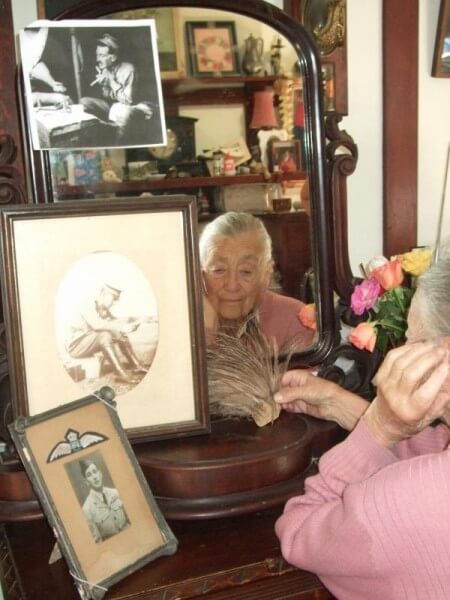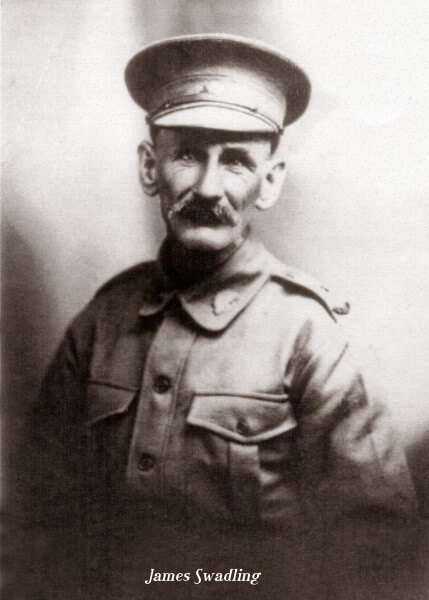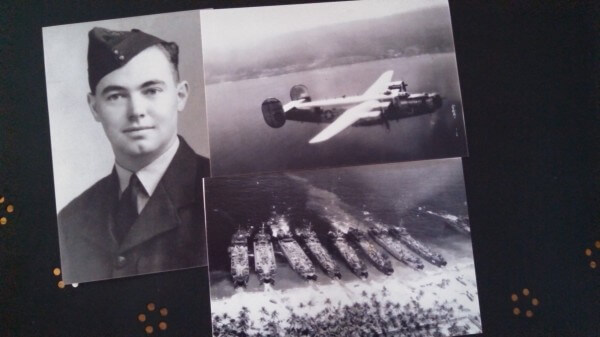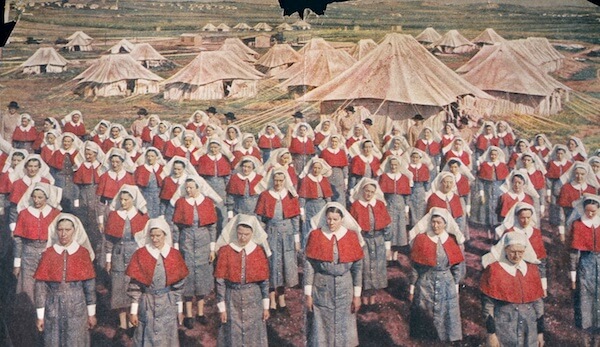
The Wootten Family
Featured Image: a recent picture of Estelle Wootten reflecting on her father on Anzac Day and holding his Light Horse Feathers.
George Wootten was highly respected and decorated, a man of intense intelligence and strategy, a brave man, and a man whom I believe a prize in strategy is awarded at Duntroon.
Sir George Frederick Wootten (1893-1970), soldier, solicitor and administrator, was born on 1 May 1893 at Marrickville, Sydney, seventh child of London-born parents William Frederick Wootten, carpenter and later civil engineer, and his wife Louisa, née Old. He attended Fort Street Model School and, encouraged by his father, entered the Royal Military College, Duntroon, Federal Capital Territory, in 1911. Graduating in August 1914, Lieutenant Wootten was posted to the 1st Battalion, Australian Imperial Force. He went ashore at Gallipoli on 25 April 1915, became adjutant of his battalion next day and quickly won a reputation for courage. In May he was promoted captain. By the time of the evacuation in December he was a major.
When (Sir) John Monash was forming the 3rd Australian Division in England in 1916, Wootten served briefly on his staff, but he made his name at the infantry brigade level in 1916-17. He was brigade major first to James Cannan of the 11th Brigade, then to (Sir) Charles Rosenthal of the 9th Brigade, both outstanding commanders. Wootten was awarded the Distinguished Service Order in October 1917 for excellent staff work. Two months later he was transferred to the headquarters of the 5th Division where he worked in the operations branch. In October 1918 he joined the General Staff at Field Marshal Sir Douglas (Earl) Haig’s headquarters. His six months there completed a remarkable wartime experience as a staff officer. He was four times mentioned in dispatches. Only 25 years old, he was posted to the Staff College, Camberley, England, in March 1919. At St Joseph’s Catholic Church, Roehampton, London, on 3 January 1920 he married Muriel Anna Frances Bisgood, a nurse.
Following the outbreak of World War II, On 13 October 1939, Wootten was seconded to the AIF, and from 24 October 1939 until 9 February 1940, he commanded the 2/2nd Infantry Battalion. He then acting commander of the 16th Infantry Brigade until 20 May 1940.
I Corps was attached to the British Middle East Command, and when an AIF Reinforcement Depot was set up in Palestine, in late 1940, Wootten was promoted to temporary brigadier and made its commander.
Wootten was promoted to brigadier, and from 1 February 1941, he commanded the 18th Infantry Brigade (7th Division), on active service in the North African campaign, including the Siege of Tobruk.
Following the outbreak of war with Japan, the 7th Division returned to Australia and the 18th Brigade saw action on the Kokoda Track, and was part of the historic victory over Japanese forces at Milne Bay. This was followed by the fierce and costly fighting at Buna and Sanananda.
On 15 March 1943, Wootten was promoted to temporary major general and became General Officer Commanding, 9th Australian Infantry Division. Between September that year and January 1944 he led the 9th Division in the Battle of Lae and the Huon Peninsula campaign.
After a year of leave, consolidation, and re-training in Australia, the 9th took part in the Borneo campaign, including Operation Oboe Six, the amphibious landings at Brunei and Labuan.
By Miriam Clancy











